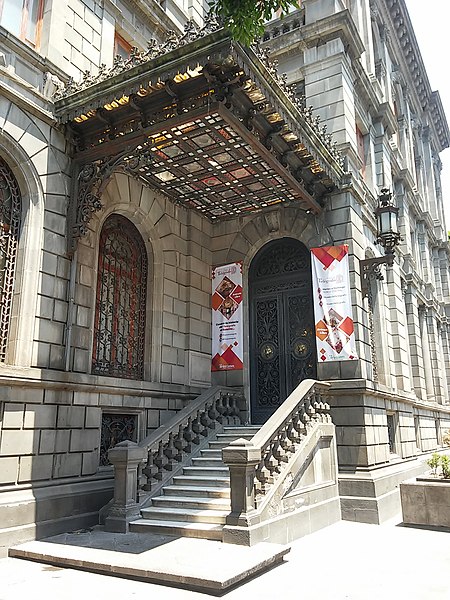
The Telegraph Museum (Museo del Telégrafo) opened in 2006. The main objective is to present and understand the history of telecommunications in Mexico. The museum shares a building with the National Museum of Art. This is appropriate as the building came into being as the National Palace of Communications.
One of the first countries in the world to widely use the telegraph, the history begins in 1849. Instant communications became an essential tool for governments and companies with interests across broad geographical spaces. In the digital era of media and communication, it’s interesting to go back to the basics. Imagine your own life without a mobile phone and you begin to see the situation of Mexican people communicate across broad landscapes in the 19th and 20th centuries.
The Telegraph Museum offers free admission and it’s in the midst of many other attractions. The entirety of Calle Tacuba attractions can be seen here.
 +52 (55) 5510 2370
+52 (55) 5510 2370
 https://www.facebook.com/Museodeltelegrafo/
https://www.facebook.com/Museodeltelegrafo/
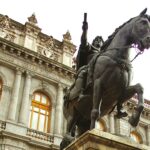
Nearest at 0.01 kms.

Nearest at 0.01 kms.
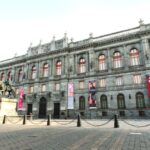
Nearest at 0.04 kms.
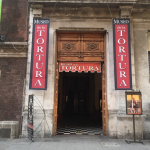
A museum dedicated to instruments of Torture and Human Subjugation.
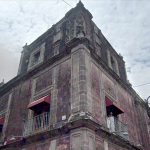
A glimpse into the earliest colonial history of Mexico City...
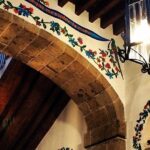
Easily one of Mexico City's most famous historical restaurants...

Home to two of Tolsá's mastpieces, it's only fitting the plaza should bear his name.
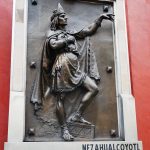
One of the most easily historical corners in the city center, it's a monument, a garden and much more.